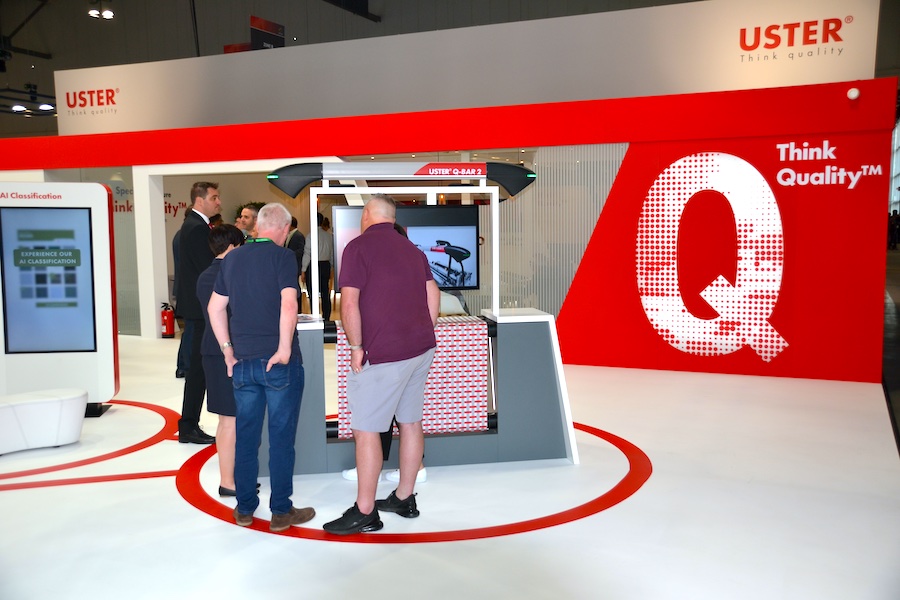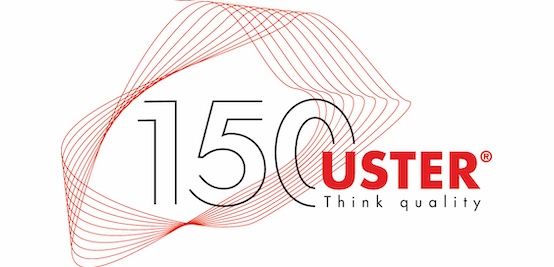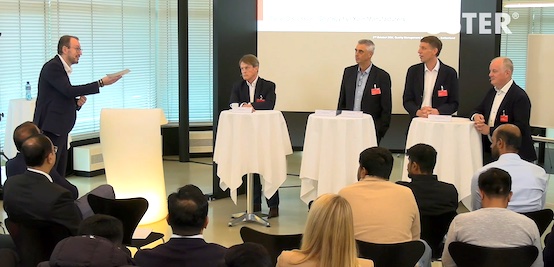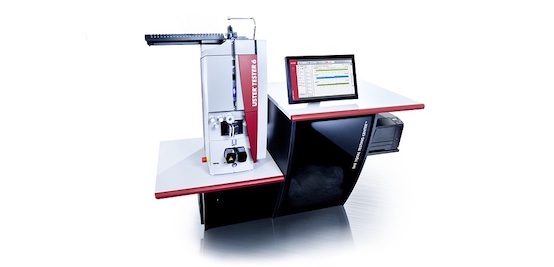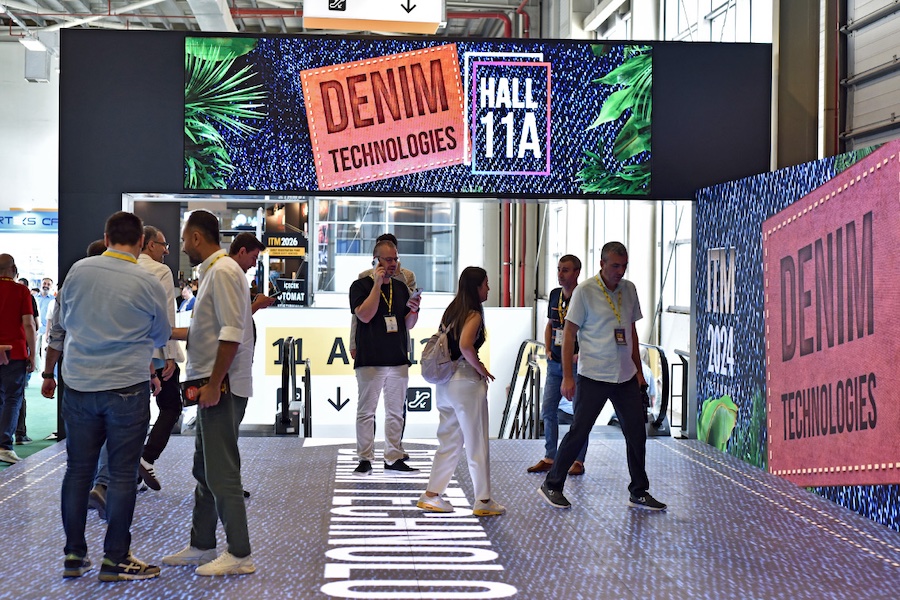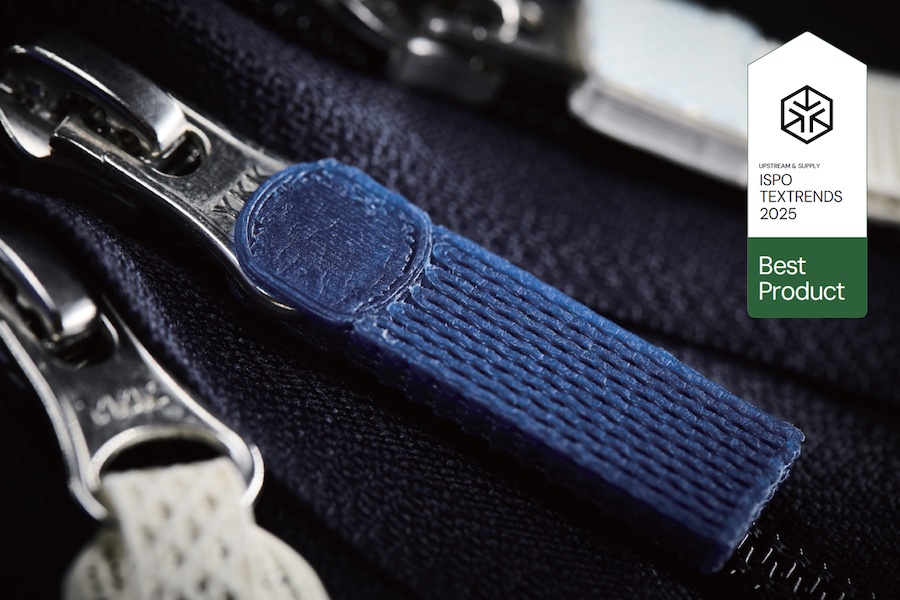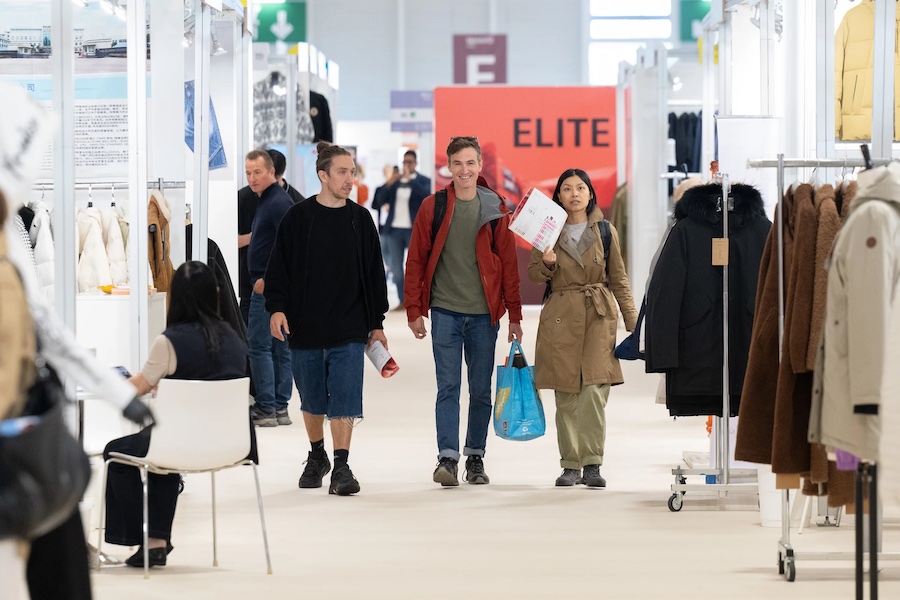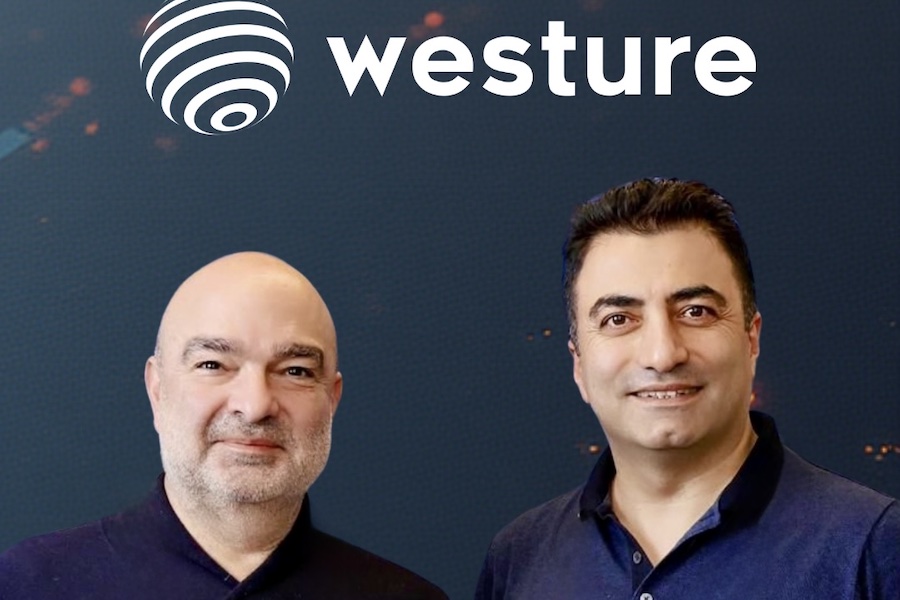#Textiles & Apparel / Garment
Data-based yield improvement
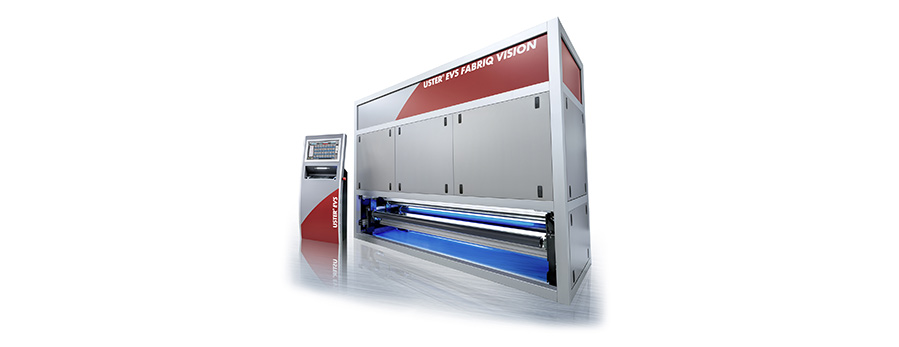
Uster automatic fabric inspection leads the way to the future
In the classic fabric production process, manual inspection and lab testing are time consuming operations which need to be optimized with automated solutions. Adding automation to the process will reduce production costs and satisfy customers by delivering 100% inspected fabrics. The advantages of data generated at automated fabric inspection bring the added benefit of helping customers to prepare for the future. The Uster EVS Fabriq Vision is an excellent example for proof.
The fabric quality assurance system
Fabric producers need to guarantee reliable quality. This requires a consistently high rate of defect detection. Uster EVS Fabriq Vision ensures this is achieved by using automated control during intermediate and final inspection, removing the need for costly manual inspection. The system’s ability to capture any visible defects allows fabric yield to be optimized and prevents claims.
Real-time process monitoring detects, records and locates all defects in every roll of fabric. Fabriq Vision is able to capture any visible defect, at line running speeds. It can be used in a variety of positions on most manufacturers’ machines. Inspection is objective, accurate and consistent. The automatically generated defect map serves as the basis of improved fabric quality which leads to maximum fabric yield for various applications.
The key to consistent quality is the optimized grading efficiency. Uster EVS Fabriq Vision provides real-time alerts for operators, showing all defects and automatically creating roll inspection charts. All detected faults are collected in an album for review. Here the operator can quickly mark faults and select those which can be deleted. Users can set their own quality standards for different types of fabric and increase the efficiency of the grading process.
Data is the key to a bright future
Multiple spectroscopes inspect the material and unique algorithms identify all defects automatically, recording them in a dataset for each produced roll. The Album Software ensures optimum inspection efficiency and throughput. Classification using artificial intelligence will become available for more applications to speed up the reviewing process. Uster Fabric Inspection solutions bring the added benefit of helping customers to prepare for a digital future.
Uster Fabriq Expert is the real-time quality analysis system providing fully-customizable quality analysis tools. Information on process and product quality, based on data from each fabric roll inspected with the Fabriq Vision or another Uster fabric inspection system are well displayed on the PC screen. Uster Fabriq Expert helps managers and operators to optimize product and process quality, without the need for an additional quality reporting routine.
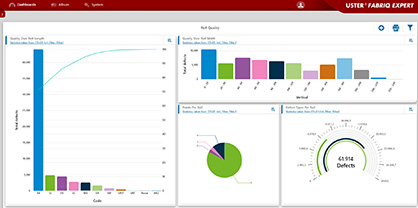
Thanks to Fabriq Expert process-related quality problems can be eliminated by immediate reactions and suitable corrective measures. Fabriq Expert provides real-time quality statistics, which can be used to identify root causes and main problem areas. Customizable quality analysis tools such as pareto charts, histograms and pie charts make it very easy to recognize problem ’hot spots’ and take the right corrective actions.
Yield – what finally counts
After final inspection, fabric will often be cut into smaller rolls, which will then be delivered to various customers. Optimized cut control (OCC system) provides a tool for automated cut optimization, as well as additional components which can be installed on any existing debatching or cutting line.
Upgraded process efficiency comes with clever software. The cut optimization software automatically identifies the correct cutting position to achieve maximum fabric yield according to quality requirements. Invisible synchronization marks are – also automatically – applied and indicate the position of defects and cut positions in a roll, so these are always under control, allowing the cutting table to run at maximum possible speed for maximized fabric yield.



